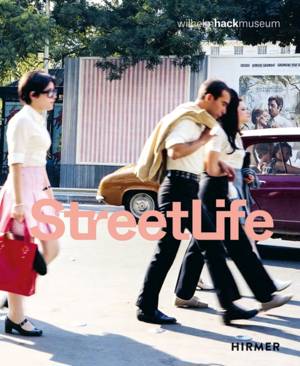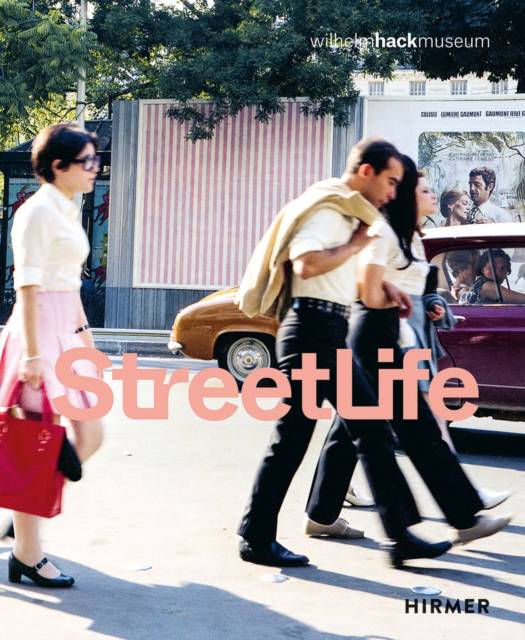
- Retrait gratuit dans votre magasin Club
- 7.000.000 titres dans notre catalogue
- Payer en toute sécurité
- Toujours un magasin près de chez vous
- Retrait gratuit dans votre magasin Club
- 7.000.000 titres dans notre catalogue
- Payer en toute sécurité
- Toujours un magasin près de chez vous
Street Life
The Street in Art from Kirchner to Streuli
Astrid Ihle, René Zechlin
Livre relié | Anglais
49,45 €
+ 98 points
Description
Presents the street as a stage for groundbreaking topics in modernism and the present day. A place for representation, self-presentation and communication, resistance, and protest--this lavishly illustrated volume investigates the multi-layered significance of the street in the art of the twentieth and twenty-first centuries. Around 1900, in the wake of industrialization and urbanization, the street moved into the focus of artists as an elemental component of life. The street became an interface for diverse walks of life and groups in painting, graphics, photography, film, performance, and installation. Starting with the Futurists and the Expressionists, the street served as a symbol for modern life full of promises and conflict. Subsequently, artists used the street as a social psychogram; as the expression of collective and individual longings and fears; and within the context of happenings or graffiti. This volume considers these past expressions of the street in art as well as the current redefinition of the street within the framework of ecology, sustainability, and democratic movements.
Spécifications
Parties prenantes
- Auteur(s) :
- Editeur:
Contenu
- Nombre de pages :
- 288
- Langue:
- Anglais
Caractéristiques
- EAN:
- 9783777436975
- Date de parution :
- 19-02-23
- Format:
- Livre relié
- Format numérique:
- Genaaid
- Dimensions :
- 244 mm x 294 mm
- Poids :
- 1655 g







